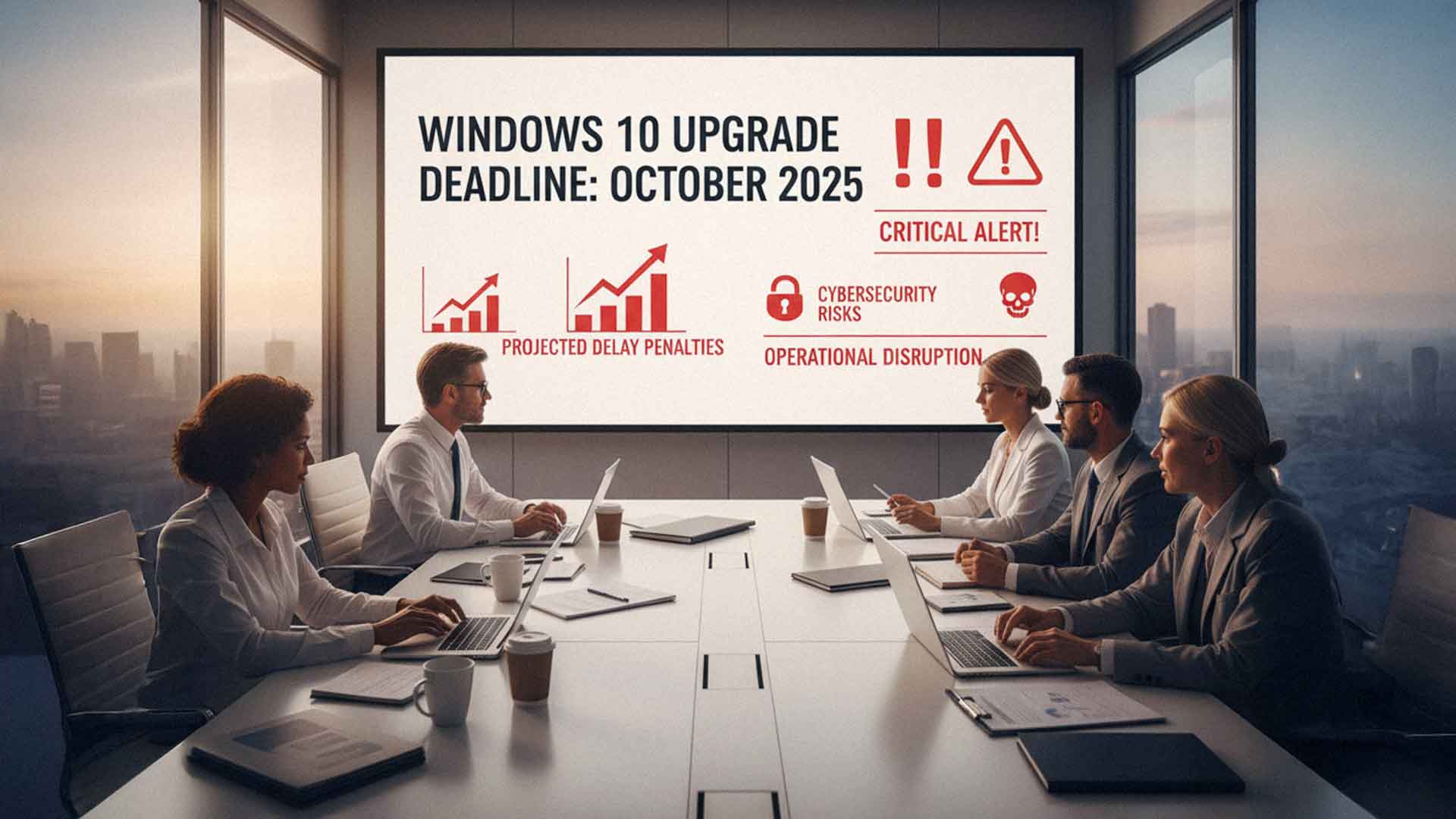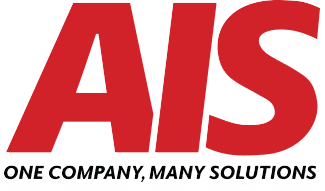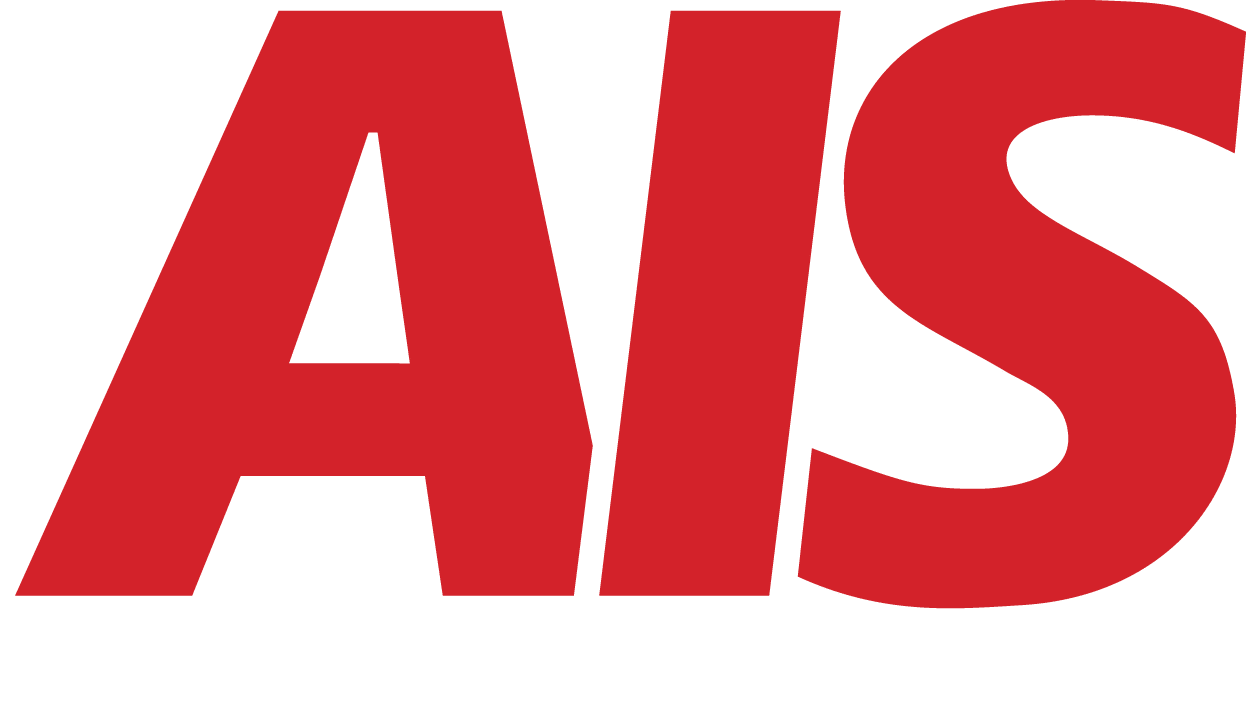Windows 10 End of Life: How Much Will Procrastination Cost Your Business?
October 2nd, 2025 | 5 min. read

On October 14, 2025, Microsoft will end support for Windows 10. For many businesses, the instinct is to delay, wait it out, or hope that the transition to Windows 11 can be pushed down the road.
But procrastination comes with a price tag. Waiting until the last minute to deal with Windows 10 end of life doesn’t just cost money. It puts your business at risk of security breaches, compliance violations, and unplanned IT expenses.
So, what is the true cost of waiting? Let’s break it down.
What Is the Cost of Waiting?
Choosing not to upgrade right away feels like the path of least resistance. But once Windows 10 loses support, your business is operating on borrowed time. Here’s what waiting means:
- Security risks: Unsupported operating systems no longer receive security patches. Hackers know this and actively target businesses, still running them.
- Compliance penalties: If you’re in a regulated industry like healthcare, finance, or legal, using unsupported software can violate compliance rules. Fines and penalties can add up quickly.
- Lost productivity: Outdated systems tend to slow down, create compatibility headaches with new software, and increase downtime.
- Rushed upgrades: Waiting until the last moment forces you to upgrade under pressure, often at a higher cost because you lose the flexibility to spread expenses out.
Microsoft’s Paid Extended Support for Windows 10
For businesses not ready to upgrade, Microsoft will offer Extended Security Updates (ESUs). On the surface, this sounds like a safety net. In reality, it’s a costly temporary fix.
- ESUs are billed per device, per year.
- Pricing starts at around $61 per device for year one (based on past Microsoft programs).
- Costs typically increase each year you delay.
This means if you have 100 devices, that’s $6,100 in year one, and even more in years two and three. Multiply this across multiple offices, and you’re spending tens of thousands of dollars simply to stand still.
Cost Factors in Upgrading to Windows 11
Upgrading comes with its own costs, but they are predictable and often lower than waiting:
- Licensing: Most Windows 10 Pro users are eligible for a free upgrade to Windows 11, though some editions require purchasing new licenses.
- Hardware: Windows 11 has stricter requirements, including TPM 2.0 and newer CPUs. Older PCs may need to be replaced, which is often the largest expense.
- IT services: Planning, deployment, backup, app testing, and user training require IT resources. Partnering with a managed IT provider like AIS can reduce downtime.
- Downtime: Even a well-planned rollout involves some employee downtime during the switch. Spreading upgrades out over time minimizes this cost.
Example Scenarios: Upgrade Now vs. Wait
Scenario 1: Upgrade Now
- You phase in hardware replacements over the next year.
- Employees get time to adjust to Windows 11.
- Security remains intact, and costs are budgeted across multiple quarters.
Scenario 2: Wait One Year
- You pay ESUs at roughly $61 per device.
- You still need to upgrade later, but now the upgrade window is shorter and more disruptive.
- Your business pays both for ESUs and eventual upgrade costs.
Scenario 3: Wait Multiple Years
- ESU prices climb each year.
- You risk noncompliance and greater exposure to cyberattacks.
- You’ll face a rushed, all-at-once upgrade under greater financial and operational pressure.
What Does This Mean for Your Business Going Forward?
The longer you wait, the higher the cost. Paying for extended support keeps your business running temporarily, but it doesn’t move you forward.
Upgrading sooner lets you:
- Spread hardware costs over time.
- Eliminate compliance risks.
- Protect your business from cyber threats.
- Avoid the financial drain of annual ESU fees.
Procrastination doesn’t save money. It guarantees you’ll spend more in the long run.
How AIS Helps Businesses Budget for Windows 11
Upgrading an entire company’s operating system sounds overwhelming, but it doesn’t have to be. AIS helps businesses by:
- Assessing which devices can be upgraded and which need replacement.
- Creating a phased upgrade plan that fits your budget and timeline.
- Handling deployment, employee training, and support to minimize downtime.
If you’re unsure where to start, our Windows End of Life Resource Center has guides, checklists, and step-by-step advice.
Final Thoughts: Now is The Time to Upgrade!
Every business eventually faces the same decision: pay more to wait or start preparing now. With Windows 10 support ending in 2025, procrastination comes at a steep price.
The most cost-effective move isn’t waiting—it’s planning.
FAQs:
- Can I keep using Windows 10 after 2025?
Yes, but without updates, it becomes unsafe. You can purchase Extended Security Updates from Microsoft, but they are expensive and temporary. - How much does Extended Security Updates cost?
Pricing hasn’t been officially announced for Windows 10 yet, but based on previous programs, expect around $61 per device for the first year, with costs rising in later years. - Will my current computer run Windows 11?
Not all machines will. Windows 11 requires TPM 2.0 and certain CPU models. AIS can help you check compatibility. - What if my business isn’t ready to upgrade all at once?
You can create a phased rollout, replacing some hardware now and more later. This spreads costs and reduces disruption. - What’s the biggest risk of waiting to upgrade?
The combination of escalating ESU costs and greater exposure to security breaches makes waiting more expensive and more dangerous than upgrading sooner.
A true southerner from Atlanta, Georgia, Marissa has always had a strong passion for writing and storytelling. She moved out west in 2018 where she became an expert on all things business technology-related as the Content Producer at AIS. Coupled with her knowledge of SEO best practices, she's been integral in catapulting AIS to the digital forefront of the industry. In her free time, she enjoys sipping wine and hanging out with her rescue-dog, WIllow. Basically, she loves wine and dogs, but not whiny dogs.
Topics:



